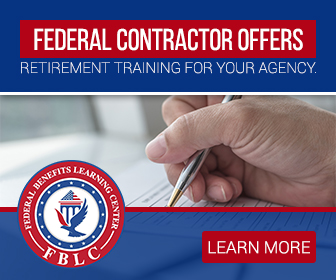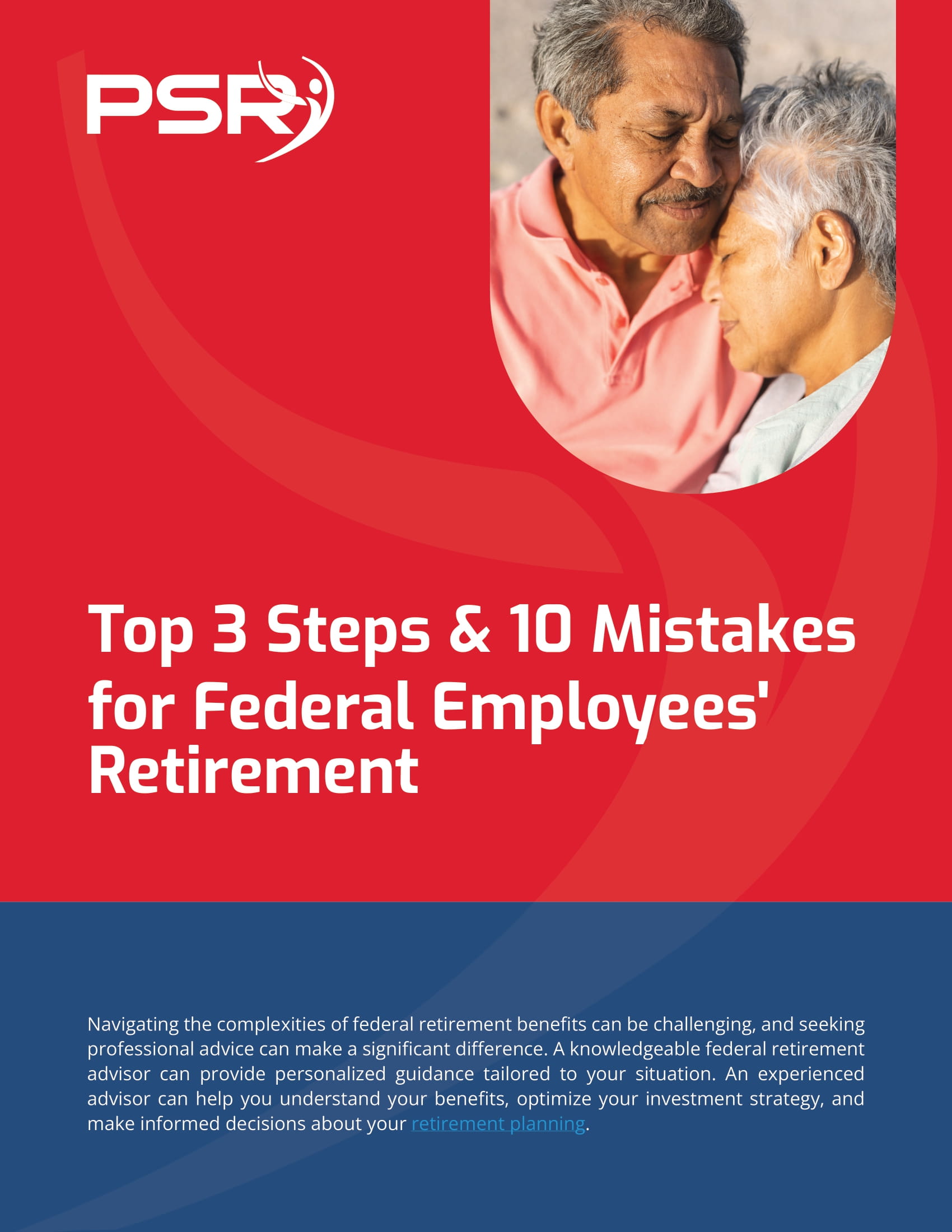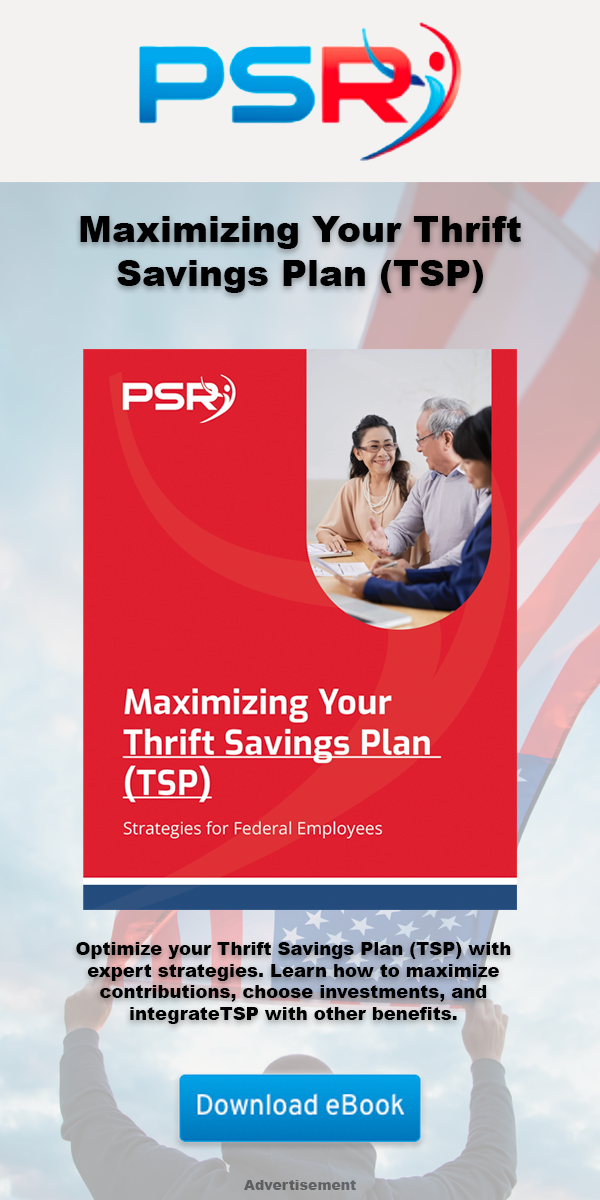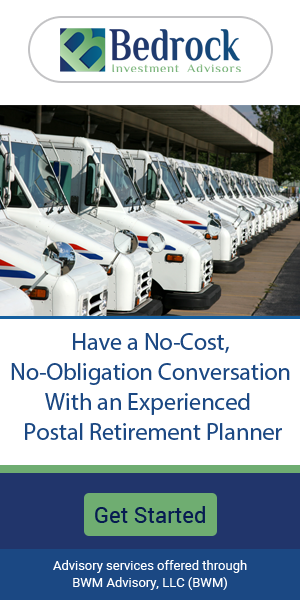Key Takeaways
-
Early retirement among federal employees is increasingly common, driven by financial readiness and workplace dynamics.
-
Understanding the factors influencing this trend can help you plan and prepare for your retirement goals.
The Rise of Early Retirement: Why More Federal Employees Are Exiting the Workforce
Retirement has always been a goalpost for workers, but for federal employees, that goalpost is shifting closer. Early retirement is becoming more than a dream for many—it’s a reality. What’s causing this shift? A combination of financial security, workplace changes, and evolving priorities is fueling this growing trend.
Financial Stability: A Solid Foundation for Early Exits
- Also Read: FAA, Law Enforcement, and Special Federal Employee Categories—Here’s What Makes Their Retirement Unique
- Also Read: Blending Private and Public Sector Retirement Plans Is Complicated—Here’s Where Couples Get It Wrong
- Also Read: The Silent Shift in Postal Service Retirement Benefits That Could Change Everything by 2026
The Role of the High-3 Average
Your “High-3” average salary—the highest annual pay over any three consecutive years—is a key factor in calculating your pension. Employees who reach their peak earnings earlier in their careers can leverage this to secure a substantial annuity, encouraging them to retire before reaching the traditional retirement age.
Thrift Savings Plan Contributions
The Thrift Savings Plan (TSP) offers another pathway to financial independence. With a contribution limit of $23,500 in 2025 and additional catch-up contributions for those aged 50 and above, you have more opportunities to grow your retirement savings. Strategic investments in your TSP can pave the way for early retirement, especially when combined with Social Security benefits.
Health Coverage: The Safety Net for Retirees
Healthcare is a significant concern for retirees, but federal employees enjoy robust options. Combining Federal Employees Health Benefits (FEHB) with Medicare ensures comprehensive coverage, mitigating one of the biggest retirement expenses. This dual-layered approach provides peace of mind and financial security, making early retirement a viable option.
Shifting Workplace Dynamics: An Added Push
The federal workplace is evolving, and not all changes appeal to long-serving employees. Modernization, technology shifts, and organizational restructuring can make the workplace feel less familiar or satisfying, prompting some to consider an early exit.
Burnout and Work-Life Balance
Burnout is a growing concern, especially in high-stress federal positions like law enforcement or healthcare. For some, early retirement offers an opportunity to regain balance and focus on personal well-being.
Generational Shifts
As younger employees enter the workforce with new ideas and approaches, seasoned workers may feel less aligned with the current culture. This generational gap can drive the decision to retire earlier than planned.
Legislative Changes: Opportunities and Challenges
Policy adjustments often play a pivotal role in retirement planning. Recent updates, such as the SECURE 2.0 Act, have introduced new options and incentives for federal employees considering early retirement.
Enhanced Catch-Up Contributions
For employees aged 60 to 63, catch-up contributions to the TSP now allow an additional $11,250 annually. This increased limit provides a unique opportunity to bolster your retirement savings during the final years of your career.
Changes to Medicare and FEHB Coordination
The integration of Medicare with FEHB plans has become more streamlined, reducing costs and simplifying healthcare management for retirees. Understanding these benefits can help you decide if retiring early aligns with your financial and healthcare needs.
Lifestyle Goals: A Shift in Priorities
Many federal employees are re-evaluating their goals and choosing to prioritize personal fulfillment over career longevity. This shift reflects broader societal trends where experiences, relationships, and health take precedence over traditional definitions of success.
Time for Family and Travel
Early retirement opens doors to pursuits that a full-time job might hinder, such as spending more time with family, traveling, or pursuing hobbies. These aspirations often outweigh the benefits of staying in the workforce.
Pursuing Second Careers or Volunteer Work
For some, early retirement isn’t about stepping away from work entirely but transitioning to more fulfilling roles. Whether it’s starting a small business, consulting, or volunteering, the freedom to choose how to spend your time is a powerful motivator.
Planning for Early Retirement: Steps You Can Take
If early retirement is your goal, preparation is key. Here are actionable steps to help you achieve this milestone:
Evaluate Your Financial Readiness
-
Estimate Your Expenses: Understand your post-retirement needs, including housing, healthcare, and discretionary spending.
-
Review Your Benefits: Use online calculators or consult with a retirement specialist to project your pension, TSP balance, and Social Security benefits.
-
Minimize Debt: Paying off high-interest loans and mortgages before retirement can significantly reduce your financial burden.
Optimize Your Savings Strategy
-
Maximize Contributions: Take full advantage of TSP limits, including catch-up contributions if eligible.
-
Diversify Investments: Ensure your TSP and other savings are spread across a mix of stocks, bonds, and other assets to balance growth and stability.
-
Plan for Healthcare Costs: Factor in premiums, deductibles, and out-of-pocket expenses for FEHB and Medicare.
Understand Early Retirement Penalties
If you’re retiring under FERS before your Minimum Retirement Age (MRA), be aware of potential reductions in your pension. The MRA+10 option allows for early retirement, but your annuity may be reduced by 5% for each year you are under age 62. Evaluate whether the trade-off aligns with your financial goals.
Explore Alternative Income Streams
Early retirees often supplement their pensions with other income sources. Whether it’s rental properties, part-time work, or dividends from investments, having additional income can ease the transition.
Navigating Challenges of Early Retirement
While early retirement offers numerous benefits, it’s not without challenges. Being prepared for these potential hurdles can help you make a smoother transition.
Longevity Risk
With life expectancy increasing, retirees must plan for the possibility of living 30 years or more in retirement. Ensuring your savings last through these decades requires careful budgeting and investment planning.
Social Security Timing
While you can claim Social Security benefits as early as age 62, delaying benefits until your Full Retirement Age (FRA) or later can significantly increase your monthly payments. Weigh the pros and cons of when to start benefits based on your financial situation and life expectancy.
Staying Engaged
Retirement can lead to a loss of routine and social connections. Consider how you’ll stay active and engaged, whether through hobbies, community activities, or part-time work.
Federal Retirement Trends: What’s Next?
As early retirement grows in popularity, it’s reshaping the workforce. Employers may need to adapt by offering flexible work arrangements or phased retirement options to retain institutional knowledge. For you, staying informed about these trends can provide new opportunities and insights into your retirement planning.
Is Early Retirement Right for You?
The decision to retire early is deeply personal, influenced by your financial situation, career satisfaction, and life goals. By understanding the factors driving this trend and taking proactive steps to prepare, you can determine if early retirement aligns with your aspirations.
Plan Your Retirement Journey
Early retirement among federal employees is more than a trend; it’s a reflection of shifting priorities and opportunities. If this path appeals to you, start planning today to ensure a fulfilling and secure retirement.













